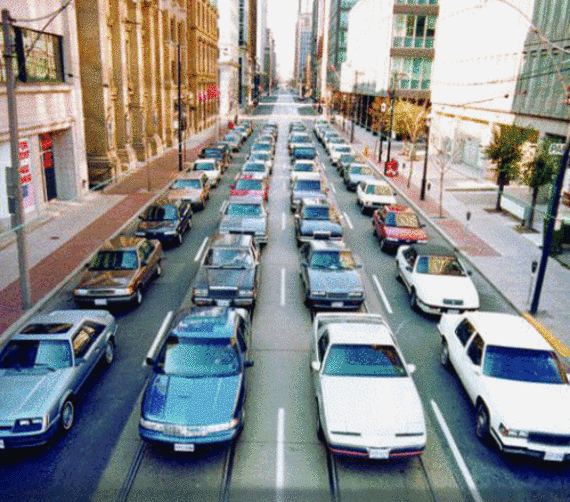This was announced as part of the government's emergency measures to tackle the dangerously high levels of air pollution in the city.
Apart from citizens by surprise, there are fears that the move is not fully thought out. Some people (like author Chetan Bhagat) meanwhile, observed that in the absence of a solid public transportation system, the plan could end up causing trouble for a large chunk of the city’s working population.
At a time when we need economic growth and jobs, somebody decides to get half the vehicles off the roads and destroy productivity. Nice.
— Chetan Bhagat (@chetan_bhagat) December 5, 2015
Draconian, undemocratic, not implementable, not a real solution, bizarre. Odd even cars kind of posturing politics should be avoided. Please
— Chetan Bhagat (@chetan_bhagat) December 5, 2015
CAT question: if you go for dinner in lala land Delhi in odd number car and finish post midnight, what do u do?
— Chetan Bhagat (@chetan_bhagat) December 5, 2015The data, however, doesn’t support this view.
According to the recently released Census 2011 numbers, only about one in ten Delhiites use private cars to commute to work. The vast majority of them rely on public buses or simply walk to their destination. Hence, there’s a good case for the government to try and keep as many cars off the roads as possible and allow public transport maximum possible share of the road.

Even advocates for Bus Rapid Transit System corridors have contended that since buses are able to transport a large number of people, they should be allotted maximum space on the road or at least dedicated lanes to allow them to move faster.
Transport experts have also recommended special lanes for cyclists and those travelling by foot, both of which which are still quite common n Delhi.
“There’s a dire need to integrate public transport systems in our cities,” Anumita Roychowdhury, Executive Director at Centre for Science and Environment had told Scroll in a previous interview. “The future strategies will require more thought into who’s getting preference on the roads. We need to incentivise public transport users by allowing special lanes for buses, cyclists and pedestrians.”
Transportation experts contend that those using eco-friendly and public transport should be incentivised while those contributing to the pollution should be fined.
“The authorities should think about limiting parking space on certain days, increasing charges and imposing high fines on offenders who break traffic rules,” Roychowdhury said.
This GIF from a street in Toronto in 2009 perfectly illustrates the point.











